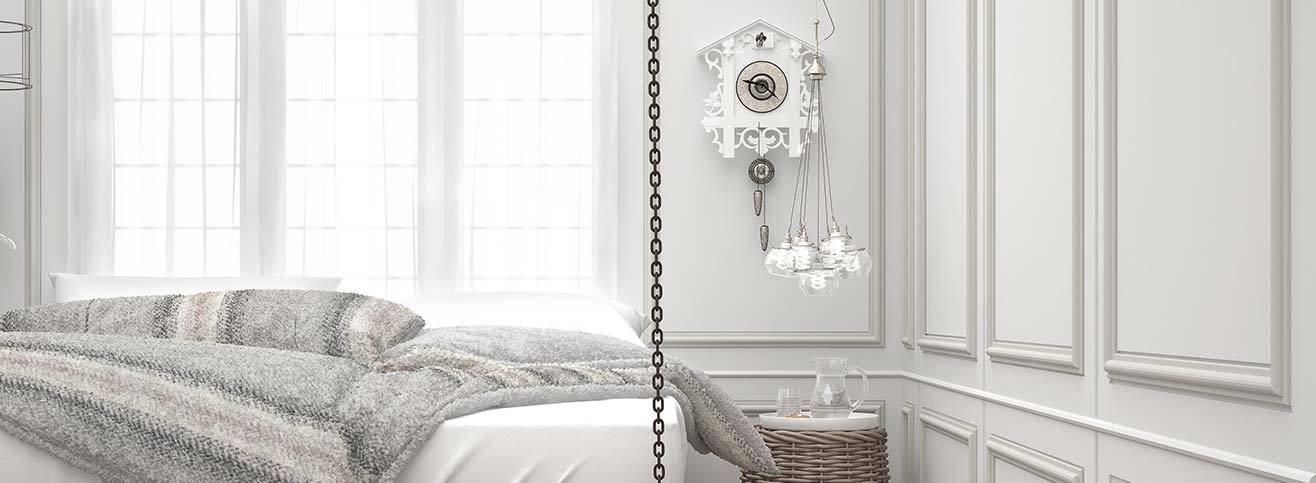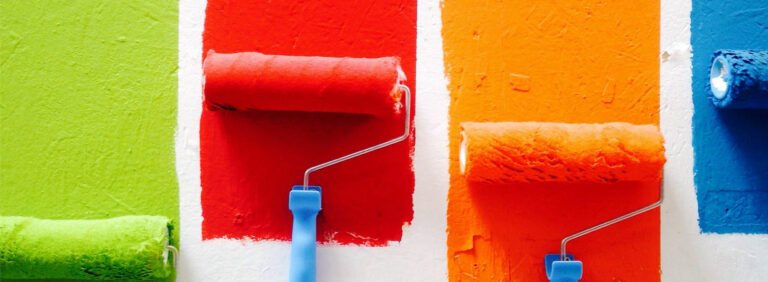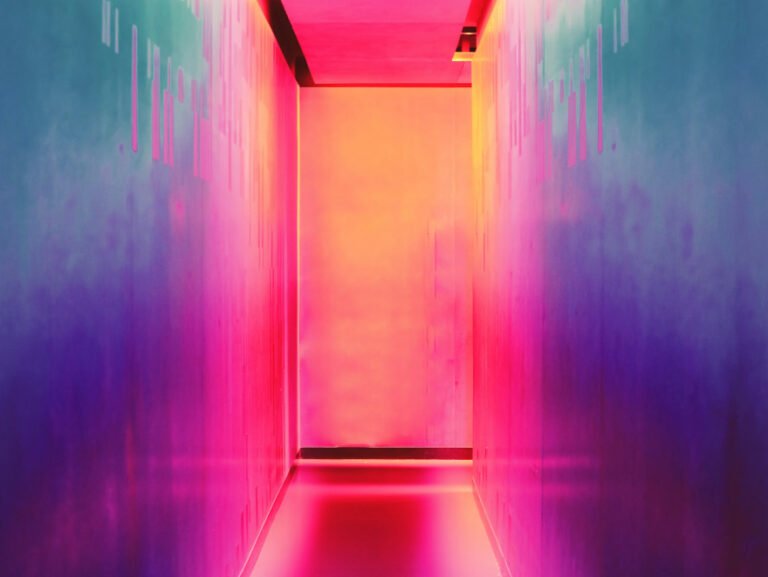There has long been a trend for white interiors in design. The introduction of titanium dioxide (TiO2) into domestic paint in the 20th century meant achieving brilliant white finishes became possible and safe.
Timelessly chic and endlessly adaptable, white interiors have been popular throughout history – from period interiors through to glossy modern architectural spaces and Scandinavian minimalism.
However, for most of history, white pigments were incredibly difficult to create and were therefore used sparingly.
Kassia St Clair, UK magazine Elle Decoration’s resident colour expert and author of the book The Secret Lives of Colour, gives a potted history: “It is interior designer Syrie Maugham we have to thank for the first white-on-white space, designed for a music room in Chelsea in 1927. A century ago, all white interiors were revolutionary, now they’ve become so ordinary that we are constantly having to reinvent them.”
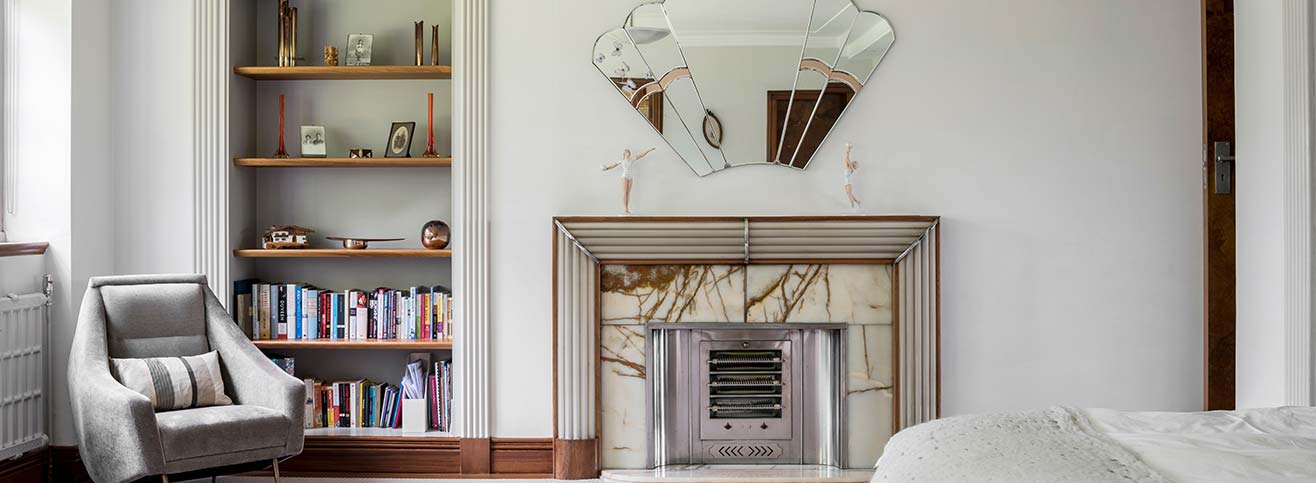
Pursuit of white
TiO2 is one of the most versatile compounds in the world, found in an extraordinarily diverse range of products and technologies we see and use every day, including paint, plastics, cosmetics, sunscreens, glass, and even catalytic converters.
As far back as Ancient Rome, writer Pliny the Elder described the painstaking, smelly and dangerous method of creating lead compound using vinegar and cow dung. The resulting white block was ground to a powder to create paint that had a beautiful mellow finish but was, unfortunately, highly toxic.
Lead was the only white paint used anywhere in Europe until the 19th century, when its manufacture finally became restricted. It is now banned almost everywhere.
In Victorian times, a bright white paint didn’t exist. The closest colours were creams or off-whites, made with chalk, lead or lime. These shades are still incredibly popular for decorating period homes today.
Chrissie Rucker, founder of retailer White Company, says: “Opt for warm whites rather than cold, bluey-white tones. Ivory, alabaster, chalk; there are countless soft whites on the market.”
To achieve the period look, paint and wallpaper producer Farrow & Ball’s ‘traditional neutrals’ palette uses subtle grey green undertones to emulate the infamous lead white – without the deadly side-effects.
TiO2 has been assessed for safety by a large number of regulatory authorities and has consistently been found safe for many of its intended applications.
Over the years, however, its omnipresence has led to questioning and research to determine whether it has any impact on our health, as well as any associated side effects linked to exposure. This concern is particularly the case in relation to its use within the food and cosmetic industries.
Achieving true white interiors
It’s only very recently that a true, pure white colour could be achieved. It was the addition of TiO2 in the 1940s that created a really strong, lasting bright white, and saw an explosion of new interior schemes.
Also known as perfect white or whitest white, TiO2 as a pigment is able to scatter visible light, resulting in an opaque, bright colour. This allows high-quality white to be achieved in paint, textiles and wallpaper.
The trick is finding the style that’s right for you. Chrissie Rucker says: “We believe the real beauty of white is that whoever we are, whatever our style, wherever we are from, there’s a place in everyone’s life for white.”
In the 1930s heyday of Hollywood, luxurious white sofas and rugs were offset by glistening mirrored furniture.
Later, high-gloss bright whites were essential for 1960s pop-art inspired interiors. A modern take on mid-century decorating schemes uses an all-white background for a dramatic pop of colour.
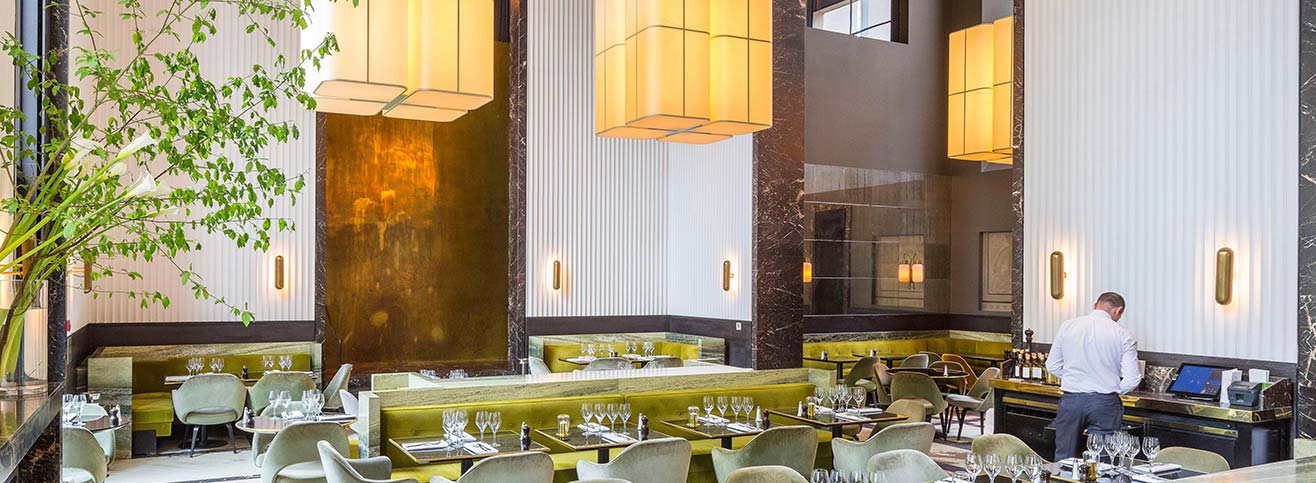
Latest white trends
Scandinavian interiors have been the single biggest trend of the last few years. These schemes maximise light and space, with a pared-back neutral palette of cool whites, blonde wood and minimalist furnishing.
For a glamorous modern twist on traditional all-white schemes, no one does it better than the French – look to interior designers Maison Hand, Jean-Louis Deniot or Joseph Dirand.
The latest trend for white interiors is a textural, layered look. Shaggy Moroccan rugs, thick knitted blankets, linen sofas and striking artwork can create the perfect place to relax.
White works just as well for minimalists or maximalists – whether you want to achieve chic understatement or give the perfect blank canvas to display a collection of beloved furnishings and artwork.
For Kassia St Clair, times and tastes may have changed “but the secrets to doing an all-white room well remain the same: layer textures; get the lighting right; and banish red wine, children and pets!”
